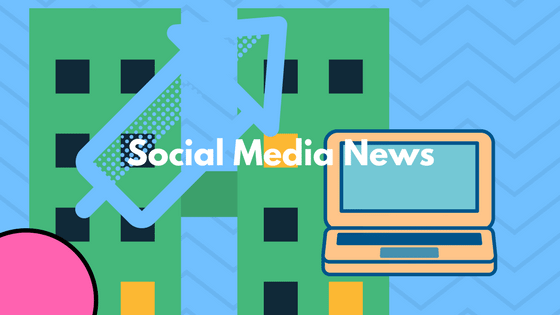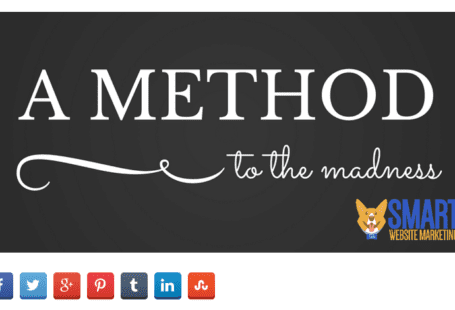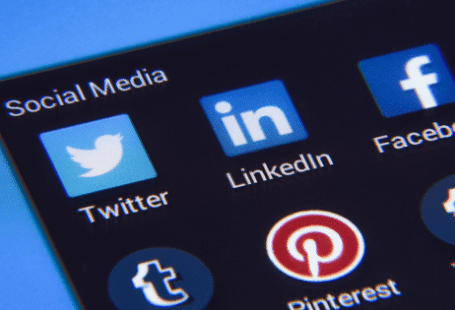Another month, another skipped
heartbeat.
This time, Facebook did some testing with its new Explore feed and caused widespread alarm when post reach fell by about 50% in some countries.
Thankfully, this change was short-lived and we got some particularly interesting insights:
-
- “Reach fell by tens of percentage points but, despite this, traffic levels of most news portals have remained unchanged, which means thatFacebook Pages were not as important as previously thought”;
-
- “The numbers Facebook gives us are useless. They are a meaningless indicator that we stress about, but that doesn’t correlate with anything. So what do we need reach for if it can swing up or down by 50% in a day, while actual traffic isn’t affected?”
- “The Slovak experience can also be summarized this way: if a media outlet has a significant presence beyond Facebook, changes on its social media channels don’t have to be a threat.”
It’s all fine and proper, but here’s my favorite highlight in this article:
Yes, if one dug deep into the statistics, one knew before this that the number of link clicks on a page is just a fraction of the total traffic from Facebook. Changes in the News Feed only emphasized this fact. What’s important are influencers and people who share articles. Facebook Pages help, but their impact is not dramatic.
To sum it up, it’s not about how many articles you shove down your readers’ throats, but how much interesting, share-worthy content you publish. Nothing new here so let’s move along…
Publishers
Still on this subject, the World Association of Newspapers and News Publishers (WAN-IFRA) recently published a study about Facebook monetization and if publishers are generating revenue from the platform. The answer? Not really…
Don’t worry, though, as there are a lot of people trying to get new revenue sources for publishers:
-
- The interesting case of the 4-years-old subscriber only Dutch newspaper De Correspondent
-
- An in-depth annual report from the Native Advertising Institute about (surprisingly!) native advertising
-
- With the recent US election boosting the percentage of millennials paying for news from 4 to 18%
- Invisibly wants to change the “business-model stack” of publishers. A new messiah? Or just vaporware? No one knows, but a few care.
Also, a really good article for product nerds: Scoring stories to make better recommendation engines for news. Let’s do Moneyball for publishers, shall we?
Our blue friends from Palo Alto decided to give us a heads-up about how their news feed algorithm work. You can read all about it or watch the video if you’re feeling lazy.
They’re also following up with their recent promise of helping websites with subscription-based business models by making their new feature available on smartphones. However, it will be initially available just for Android because Apple, as we all know, likes money very, very much.
Speaking about Apple, it’s worthy to mention that Facebook is literally hoarding the App Store’s Top Charts:

Twitter, LinkedIn, and Friends
Two quick updates:
-
- Twitter will soon launch a “Save for later” option. This can be really good considering that the average timeline is swarming with updates and there’s no time to read everything. Would this have a significant impact on tweets’ half-life? Who knows.
- LinkedIn is already selling autoplay video ads, which means there will be more ways to distribute content, but also more potential for annoyances every time you’re curious about who has been checking your profile.
To wrap up this edition, here’s a glimpse of our monthly interview:
For example, sometimes I hear people that run influencer campaigns say that instead of sales they get a lot of impressions. This always amazes me, because if I run a PPC campaign and tell my client that they got 5 million impressions, but no sales and no leads, they would kill me.
Check out the full interview: When Marketing meets Culture
Interested in knowing more about Dark Social & Analytics?
[su_button url="https://getsocial.io" target="_blank" style="flat" background="#21D2B5" color="#ffffff" size="7" wide="no" center="yes" radius="auto" icon="" icon_color="#FFFFFF" text_shadow="none" desc="" onclick="" rel="" title="" id="" class=""]SIGN UP FOR FREE[/su_button]





